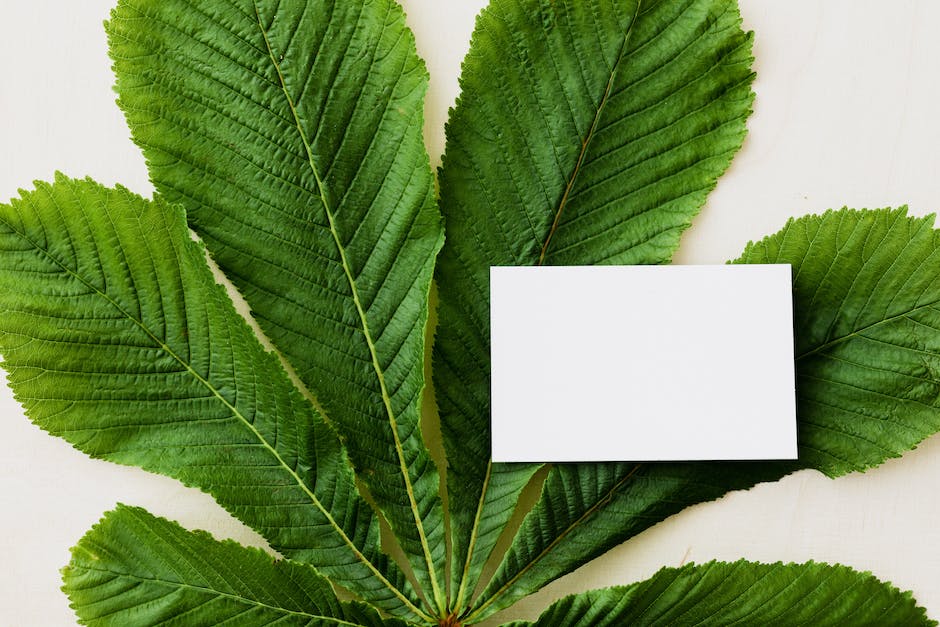When you embark on your gardening journey, one of the first steps you should consider is the health of your soil. Soil amendments and fertilizers play a crucial role in enhancing soil quality, ensuring that your plants receive the essential nutrients they need to thrive. Organic matter, such as compost or well-rotted manure, can significantly improve soil structure, aeration, and moisture retention.
By incorporating these amendments into your garden beds, you create a rich environment that fosters healthy root development and promotes robust plant growth. In addition to organic amendments, you may also want to explore various fertilizers available on the market. These products are designed to provide specific nutrients that your plants may be lacking.
For instance, nitrogen is vital for leafy growth, while phosphorus supports root development and flowering. Understanding the nutrient requirements of your plants will help you select the right fertilizer and apply it at the appropriate times throughout the growing season. Remember, over-fertilizing can be just as detrimental as under-fertilizing, so always follow the recommended guidelines for application.
Key Takeaways
- Use organic soil amendments and fertilizers to improve soil health and provide essential nutrients to plants.
- Implement integrated pest management techniques to control pests and promote overall plant health.
- Choose high-quality seeds and seedlings to ensure successful and healthy plant growth.
- Invest in durable and ergonomic garden tools and equipment for efficient and comfortable gardening.
- Utilize mulch and compost to conserve moisture, suppress weeds, and improve soil fertility.
- Install efficient watering and irrigation systems to ensure proper hydration for plants.
- Wear protective gear and clothing to prevent injuries and exposure to harmful chemicals.
- Use plant support and trellises to promote proper growth and maximize space in the garden.
Pest Control and Plant Health
As you nurture your garden, you may encounter pests that threaten the health of your plants. Effective pest control is essential for maintaining a thriving garden ecosystem. You can adopt various strategies to manage pests, ranging from natural remedies to chemical solutions.
Integrated Pest Management (IPM) is a holistic approach that combines multiple tactics, such as encouraging beneficial insects, using traps, and applying organic pesticides when necessary. By observing your garden regularly, you can identify pest problems early and take action before they escalate. In addition to pest control, promoting overall plant health is vital for resilience against infestations.
Healthy plants are better equipped to withstand stressors, including pests and diseases. You can achieve this by ensuring proper watering, providing adequate sunlight, and maintaining good soil health through amendments and fertilizers. Additionally, practicing crop rotation and companion planting can help disrupt pest life cycles and enhance plant vitality.
By focusing on both pest management and plant health, you create a balanced garden environment that thrives year after year.
Seeds and Seedlings
Choosing the right seeds and seedlings is a fundamental aspect of successful gardening. When selecting seeds, consider factors such as your climate zone, soil type, and the amount of sunlight your garden receives. Heirloom varieties often offer unique flavors and resilience, while hybrid seeds may provide higher yields or disease resistance.
You should also pay attention to the seed packet information regarding planting depth, spacing, and germination times to ensure optimal growth. Once you’ve chosen your seeds, you may decide to start them indoors or purchase seedlings from a nursery. Starting seeds indoors allows you to get a head start on the growing season and gives you more control over the germination process.
However, if you’re short on time or experience, buying healthy seedlings can save you effort while still providing a bountiful harvest. Regardless of your choice, nurturing your seeds or seedlings with proper care—such as adequate light, moisture, and temperature—will set the foundation for a flourishing garden.
Garden Tools and Equipment
| Product | Units Sold | Revenue |
|---|---|---|
| Shovels | 500 | 10,000 |
| Rakes | 700 | 14,000 |
| Pruning Shears | 300 | 6,000 |
| Lawn Mowers | 200 | 20,000 |
Equipping yourself with the right garden tools is essential for efficient gardening. A well-stocked toolkit can make tasks easier and more enjoyable, allowing you to focus on nurturing your plants rather than struggling with inadequate equipment. Basic tools such as trowels, pruners, and hand rakes are indispensable for planting, weeding, and maintaining your garden beds.
As you gain experience, you may find that investing in specialized tools like soil testers or ergonomic gardening gloves can further enhance your gardening experience. In addition to hand tools, consider larger equipment that can save you time and effort. A wheelbarrow is invaluable for transporting soil, compost, or plants around your garden.
If you’re working with larger plots or heavy-duty tasks, a tiller can help break up compacted soil more efficiently than manual labor alone. As you explore various tools and equipment options, prioritize quality over quantity; investing in durable tools will pay off in the long run as they withstand the rigors of gardening.
Mulch and Compost
Mulching is an essential practice that offers numerous benefits for your garden. By applying a layer of organic material—such as straw, wood chips, or shredded leaves—around your plants, you can suppress weeds, retain soil moisture, and regulate soil temperature. Mulch also breaks down over time, enriching the soil with nutrients as it decomposes.
This not only enhances soil fertility but also creates a more aesthetically pleasing garden environment. Composting is another vital aspect of sustainable gardening that complements mulching beautifully. By recycling kitchen scraps and yard waste into nutrient-rich compost, you can significantly improve soil health while reducing waste sent to landfills.
Composting requires minimal effort; simply create a designated area in your yard or use a compost bin to collect organic materials. Over time, microorganisms will break down these materials into dark, crumbly compost that can be mixed into your garden beds or used as mulch. By embracing both mulching and composting practices, you contribute to a healthier ecosystem while reaping the rewards of a flourishing garden.
Watering and Irrigation Systems
Watering Challenges
Overwatering can lead to root rot and other issues, while underwatering can stress plants and hinder growth.
Efficient Watering Solutions
To streamline your watering process, consider investing in an irrigation system tailored to your garden’s needs. Drip irrigation systems deliver water directly to the roots of your plants, minimizing evaporation and runoff while ensuring efficient water usage. Alternatively, soaker hoses can be laid out in garden beds to provide consistent moisture over time.
Convenient and Water-Conserving Strategies
If you’re looking for convenience, automated timers can help regulate watering schedules based on weather conditions or specific plant requirements. By implementing an effective watering strategy or irrigation system, you’ll promote healthy growth while conserving water resources.
Protective Gear and Clothing
Gardening can be a rewarding yet physically demanding activity that exposes you to various elements in nature. To ensure your safety and comfort while working in the garden, investing in protective gear and clothing is essential. Sturdy gloves protect your hands from thorns, sharp tools, and potential irritants in the soil.
Additionally, wearing long sleeves and pants can shield your skin from sunburns or insect bites while providing an extra layer of protection against scratches from branches or foliage. Footwear is another crucial consideration; durable gardening shoes or boots with good traction will keep you stable on uneven terrain while protecting your feet from accidental injuries. A wide-brimmed hat can shield your face from harmful UV rays during long hours spent outdoors.
By prioritizing protective gear and clothing tailored to gardening tasks, you’ll not only enhance your comfort but also reduce the risk of injury or discomfort as you cultivate your green space.
Plant Support and Trellises
As your plants grow taller and heavier with fruit or flowers, providing adequate support becomes essential for their stability and health. Plant support structures such as stakes, cages, or trellises help prevent plants from toppling over or breaking under their weight. For climbing plants like tomatoes or beans, trellises offer vertical space utilization while promoting air circulation around foliage—reducing the risk of disease.
When selecting plant support options, consider the specific needs of each plant variety. Some may require sturdy cages that can withstand strong winds or heavy fruit loads, while others may thrive with simple stakes or twine for guidance as they grow upward. Building or purchasing trellises can also add visual interest to your garden design while maximizing space efficiency.
By incorporating appropriate plant support systems into your gardening practices, you’ll ensure that your plants remain healthy and productive throughout their growing season. In conclusion, successful gardening involves a multifaceted approach that encompasses various elements—from soil health to pest management and plant support systems. By equipping yourself with knowledge about soil amendments and fertilizers, pest control strategies, seed selection, essential tools, mulching techniques, effective watering methods, protective gear, and plant support structures, you set yourself up for a flourishing garden experience.
Embrace these practices with enthusiasm as you cultivate not only beautiful plants but also a deeper connection with nature through your gardening endeavors.
If you’re looking for creative community garden design ideas to enhance your organic gardening experience, check out the article “Blooming Together: Creative Community Garden Design Ideas”. This article offers inspiration and tips for creating a beautiful and functional community garden space. Additionally, if you’re interested in nurturing your garden with organic soil, be sure to read “Earth’s Bountiful Bed: Nurture Your Garden with Organic Soil” for information on the benefits of using organic soil in your garden. And for a fun and engaging way to get involved in your community garden, don’t miss




